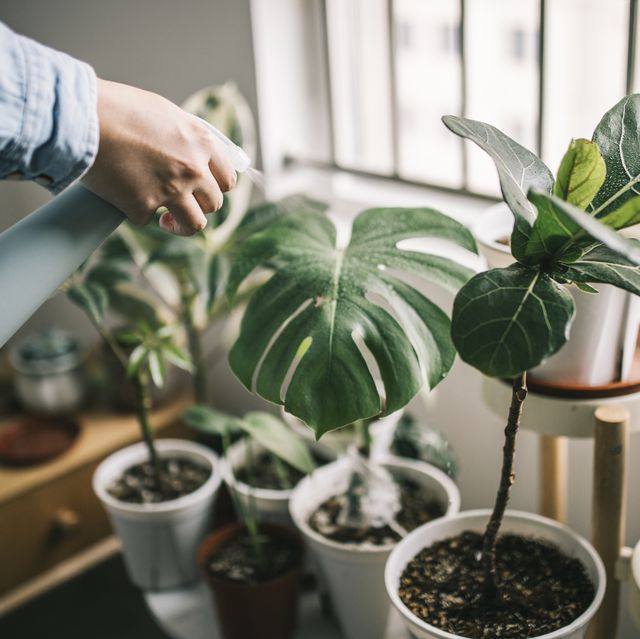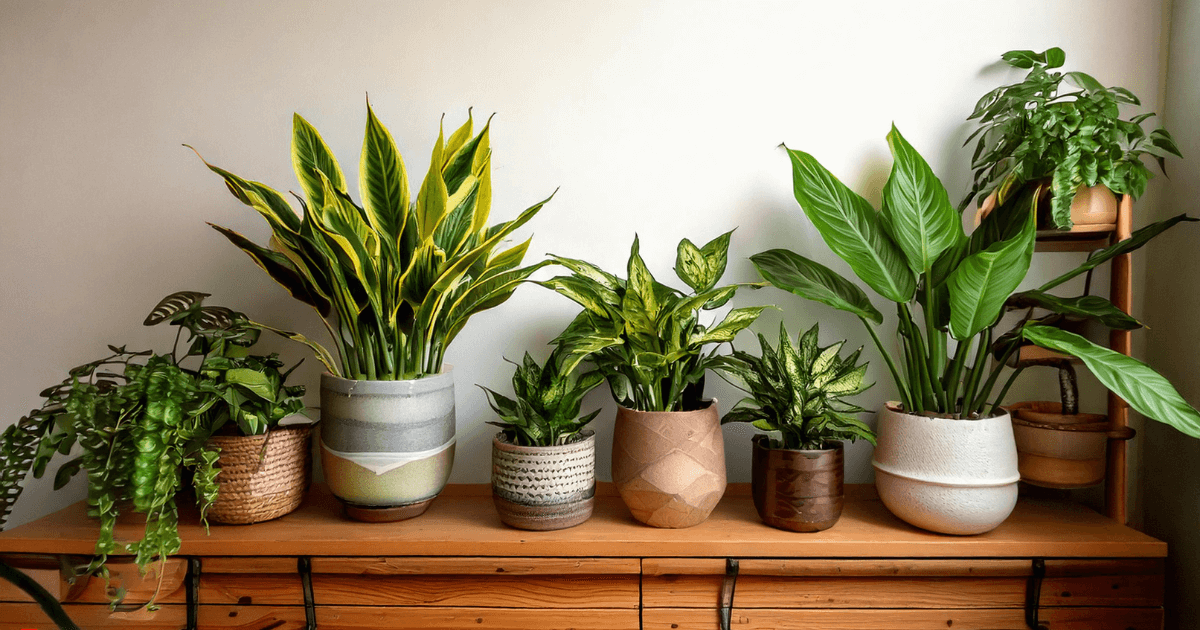Transform Your Living Space with the Best Low-Light Indoor Plants
Transform Your Living Space with the Best Low-Light Indoor Plants
Blog Article
Discover the Best Low-Light Indoor Plants for Enhancing Your Home Decor
Incorporating low-light indoor plants into your home décor can significantly improve both aesthetic appeals and atmosphere, particularly in areas that do not have plentiful all-natural light. Varieties such as the Serpent Plant and ZZ Plant not just bring life to dim corners but additionally add to boosted air high quality and general well-being.

Why Select Low-Light Plants
Why go with low-light plants in your interior areas? The modern-day living environment frequently presents obstacles such as restricted natural light, making it hard for standard houseplants to flourish. Low-light plants are specifically adapted to prosper and endure in these conditions, providing a sensible remedy for individuals looking for to improve their indoor rooms without the included stress of keeping more light-demanding flora.
Along with their resilience, low-light plants contribute considerably to the aesthetics of an area. Their diverse series of colors, dimensions, and shapes permits distinct interior decoration possibilities, producing welcoming and lively atmospheres. In addition, interior plants are recognized for their air-purifying qualities, boosting interior air top quality by filtering toxic substances and releasing oxygen, which can boost overall health.
Low-light plants also call for very little maintenance, making them particularly attracting busy individuals or those brand-new to gardening. Their adaptability permits positioning in various atmospheres, from office to dimly lit corners of the home. By selecting low-light plants, you can delight in the benefits of plant without the restraints that usually come with typical gardening, inevitably cultivating a much healthier and a lot more visually enticing interior atmosphere.
Leading Low-Light Indoor Plants
For those seeking to improve their indoor rooms with plant that grows in low-light problems, several plant choices stick out for their durability and visual allure. The Snake Plant (Sansevieria trifasciata) is a popular selection, understood for its upright, sword-like leaves and ability to endure disregard. This sturdy plant can survive in dimly lit locations while boosting indoor air top quality.
An additional excellent option is the Pothos (Epipremnum aureum), characterized by its heart-shaped leaves and tracking vines. Pothos is not just versatile to low light yet additionally offers a striking visual contrast when positioned on shelves or hanging baskets.
The ZZ Plant (Zamioculcas zamiifolia) is equally impressive, boasting shiny, dark eco-friendly leaves that can brighten up any kind of edge. Its drought resistance makes it suitable for busy home owners.
Treatment Tips for Low-Light Plants
How can you make sure that your low-light indoor plants prosper despite limited sunlight? Pick the appropriate potting mix that provides great water drainage while keeping dampness. A well-aerated soil, such as a mix of potting soil and perlite, can assist prevent root rot.
Watering is vital; low-light plants usually call for less frequent watering contrasted to their sun-loving equivalents. Constantly check the leading inch of the soil-- if it feels dry, it's time to water. Be mindful of overwatering, as this can cause fungal concerns and root decay.
Fertilizing low-light plants must be done moderately - Best low-light indoor plants. Use a balanced, water-soluble fertilizer throughout the growing season, but eliminate or decrease fertilization in the dormant months
Furthermore, dirt can accumulate on leaves, hindering photosynthesis. Carefully clean the fallen leaves with a damp cloth to keep them clean.
Last but not least, observe your plants carefully. Signs of distress, such as yellowing leaves or leggy growth, can suggest that your plant needs adjustments in treatment (Best low-light indoor plants). By following these care tips, your low-light interior plants can grow, adding appeal and vitality to your home
Imaginative Ways to Show Plants
Raising the visual charm of your indoor room can be accomplished by thoughtfully displaying your low-light plants in innovative means. Take into consideration making use of vertical space to your benefit; wall-mounted shelves can showcase routing plants like pothos or philodendron, adding lushness while conserving floor space. Additionally, make use of plant stands of varying elevations to develop aesthetic passion and depth, attracting the eye upward.
Hanging planters are an additional excellent choice, using a remarkable effect when put on hold from the ceiling or hooks. Macramé wall mounts can introduce appearance and bohemian style, while modern ceramic hangers can match a minimal visual. For an extra innovative strategy, repurpose special containers such as vintage teacups or glass jars, which can add individuality to your display.
Organizing plants in clusters is likewise effective; usage differing pot sizes and colors to produce a natural appearance. This technique not just enhances visual influence but additionally offers a natural environment feeling - Best low-light indoor plants. Take into consideration placing plants near light resources like lights or home windows to enhance their development and showcase their dynamic vegetation, therefore boosting the overall atmosphere of your interior atmosphere.
Advantages of Indoor Plant
Numerous researches have actually shown that incorporating interior plant right into your living space provides a multitude of advantages, boosting both psychological and physical wellness. Among the most significant advantages of indoor plants view it now is their capability to boost air top quality. Plants soak up co2 and launch oxygen, creating a much healthier atmosphere while likewise filtering out damaging toxic substances, therefore promoting respiratory system health and wellness.
Additionally, the existence of greenery has been linked to reduced stress levels. Research indicates that interacting with plants can lower cortisol degrees, which are related to stress and anxiety. This relaxing impact can result in boosted state of mind and raised efficiency, making indoor plants a suitable enhancement to offices.
Furthermore, indoor plant can improve cognitive function. Research studies recommend that settings improved with plants can lead to enhanced focus, imagination, and overall psychological quality. The aesthetic charm of indoor plants also contributes to a much more inviting and positive environment, favorably influencing social communications and general fulfillment within a room.
Conclusion

Incorporating low-light interior plants right into your home design can dramatically boost both appearances and environment, specifically in areas that do not have plentiful all-natural light. Selections such as the Serpent Plant and ZZ Plant not only bring life to lower corners yet find more information likewise add to use this link enhanced air quality and overall wellness. Interior plants are known for their air-purifying high qualities, improving interior air quality by launching and filtering system contaminants oxygen, which can enhance general health.
For those seeking to improve their interior spaces with greenery that thrives in low-light problems, several plant choices stand out for their resilience and visual appeal. These durable plants, such as the Serpent Plant and ZZ Plant, thrive in dim problems and require minimal maintenance, making them appropriate for different lifestyles.
Report this page